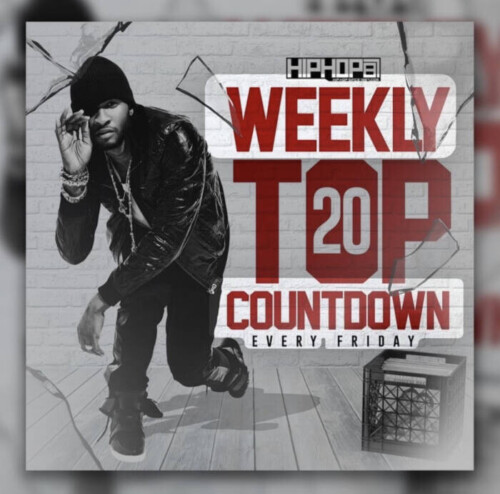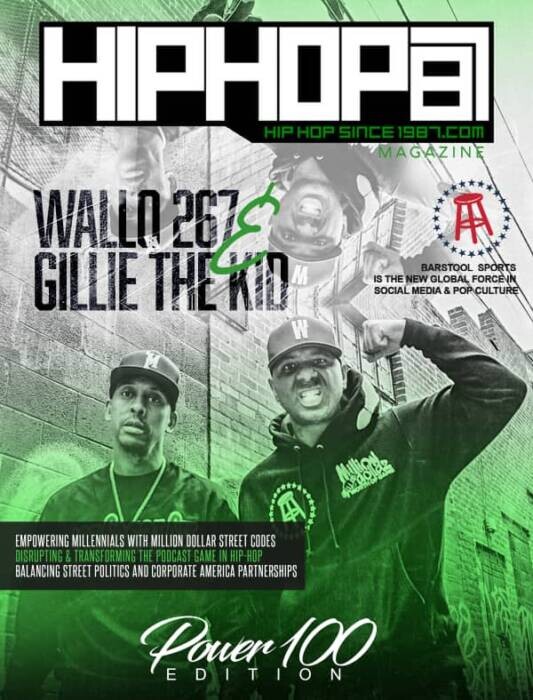Music, like many other forms of art, has the power to mirror society, shaping and being shaped by it simultaneously. Among the myriad of genres that have evolved throughout history, urban music holds a unique position, portraying the sounds, sentiments, and struggles of metropolitan life. For college students diving into the realm of urban music, this exploration can offer a fresh perspective on societal shifts and artistic innovations.
In the early stages of learning, many students find themselves overwhelmed with multiple assignments and a plethora of information on various subjects. During these times, phrases like “write my paper for me on Paperwriter” become common Google searches, showcasing the need for resources that assist in breaking down complex topics like the evolution of urban music.
Origins of Urban Music
Roots in African and Caribbean Music The genesis of urban music can be traced back to African and Caribbean rhythms. These beats, traditionally used in communal gatherings and religious ceremonies, laid the foundation for genres like reggae, hip hop, and R&B. For many school students studying music, understanding these roots is the first step towards appreciating the depths of urban music.
Migration and the Birth of New Sounds As people from these regions migrated to urban centers in Europe and the Americas, their music melded with the local sounds. This confluence gave birth to early forms of jazz, blues, and eventually rock ‘n’ roll. Homework assignments on these genres often highlight their importance in the subsequent emergence of urban music.
Golden Age of Hip-Hop and R&B
Breaking Ground in the Late 20th Century By the late 20th century, hip-hop and R&B had carved their niche in the urban music scene. Pioneers like Tupac Shakur, Notorious B.I.G., and Mary J. Blige paved the way for future generations. Their lyrics, beats, and styles resonated with the experiences of urban youth, making these genres quintessential for any student’s learning journey.
Homage to Street Culture The golden age of hip-hop was not just about music. It also paid homage to street culture, including fashion, dance, and graffiti. Students often come across assignments that require them to explore these facets, drawing connections between art forms and societal contexts.
Urban Music in the Digital Era
From Tapes to Streaming Services The progression from cassettes to CDs and now to digital streaming platforms has transformed the way urban music is consumed. These changes offer intriguing case studies for students focusing on the intersection of technology and art.
Influence of Social Media Today, platforms like Instagram, TikTok, and YouTube play a significant role in popularizing urban tracks. For young learners, studying the influence of social media on music can be an exciting foray into modern cultural phenomena.
The Role of Urban Music in Societal Change
An Outlet for Voiceless Communities Throughout its evolution, urban music has been a voice for marginalized and voiceless communities. Its lyrics often touch upon socio-political issues, prompting students to delve deeper into the socio-cultural implications of art.
Urban Music and Activism From the Civil Rights Movement to Black Lives Matter, urban music has been intertwined with activism. Engaging with these connections can be an enriching experience for students, transforming simple homework tasks into profound learning opportunities.
In conclusion
Urban music, with its rich history and undeniable impact, offers an expansive field of study. From its roots in traditional African and Caribbean sounds to its current prominence in the digital era, understanding this genre is akin to deciphering the evolving fabric of society. For students seeking assistance in this journey, turning to the best thesis writing services can be invaluable, offering guidance and insights to navigate the vibrant world of urban music.
© 2023, C Wood. All rights reserved.







